Scientists race to explore Antarctic marine life revealed by giant iceberg

British Antarctic Survey is trying to reach a newly revealed ecosystem that had been hidden for 120,000 years below the Larsen C ice shelf. Scientists say it is a race against time to explore these new ecosystems before they are transformed by exposure to the light.
Mangroves protect coastlines, store carbon – and are expanding with climate change
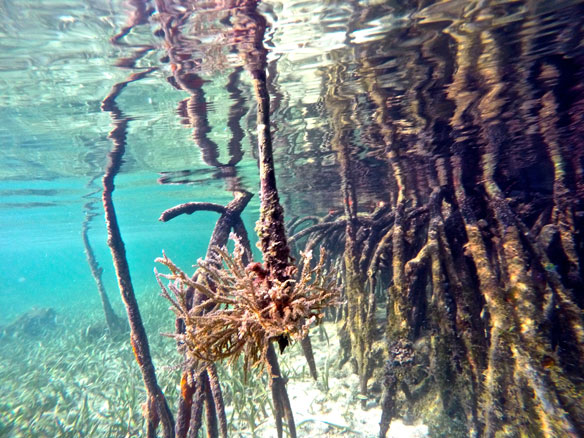
Mangroves are providing extremely valuable services and may become even more important as they expand toward the poles. But according to one recent study, many mangrove ecosystems are not building enough new elevation to keep pace with sea level rise.
Container ships use super-dirty fuel. That needs to change
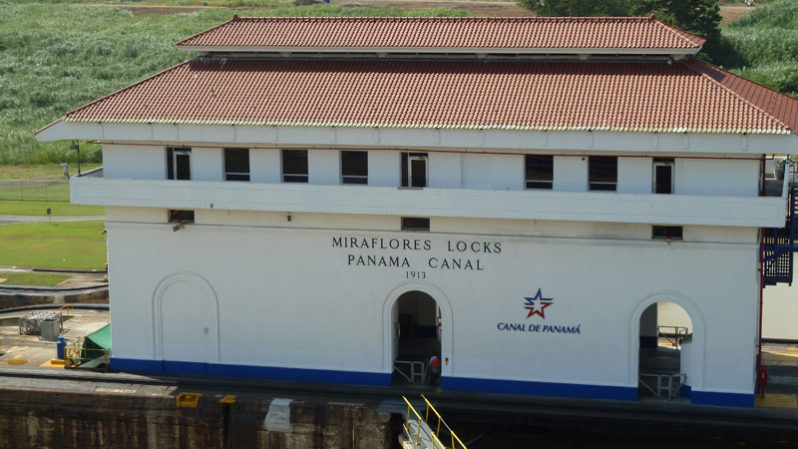
About 90 percent of everything we buy will travel on ships like these at some point. And all of these behemoths burn fossil fuel, contributing significantly to the warming atmosphere and shifting climate patterns.
High levels of microplastics found in Northwest Atlantic fish
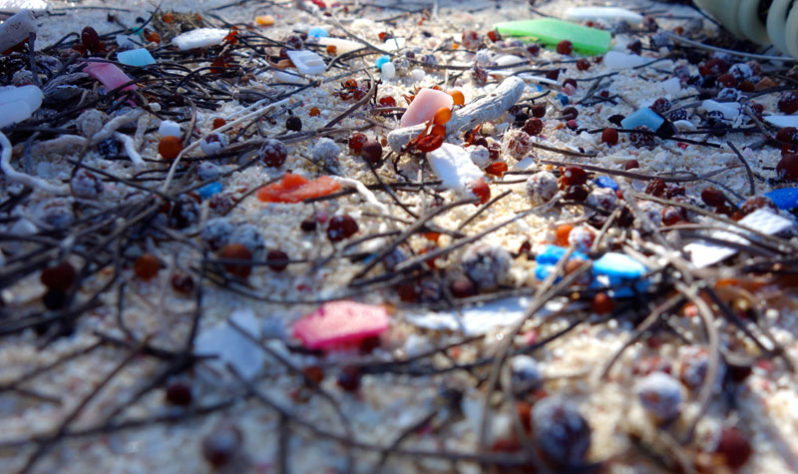
A new study finds 73 percent of mesopelagic fish caught in the Northwest Atlantic had microplastics in their stomachs, one of the highest levels globally. These fish could spread microplastic pollution throughout the marine ecosystem, by carrying microplastics from the surface down to deeper waters. They are also prey for fish eaten by humans, meaning that microplastics could indirectly contaminate our food supply.
Impact of Climate Change on Karachi May be One of Pakistan’s Biggest Threats
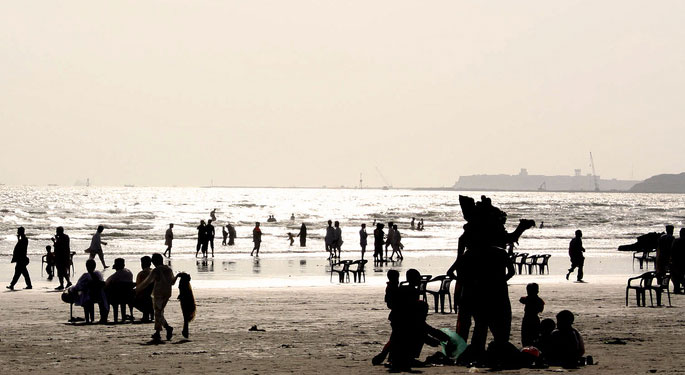
Historically a small fishing village, Karachi has now turned into Pakistan’s biggest commerce and industrial center that generates about half of the country’s tax revenue. Karachi, Pakistan’s main portal city is also far from immune to the impacts of climate change.
The Ship Breakers

After their useful life is over, more than 90 percent of the world’s ocean-going container ships end up on the shores of India, Pakistan, Indonesia, or Bangladesh, where labor is cheap, demand for steel is high, and environmental regulations are lax.
Factbox: Sifting Through U.S. Beach Sand Numbers

Here is a summary of what Florida and other coastal states and communities have been doing to protect and rebuild their shorelines based on to the American Shore and Beach Preservation Association (ASBPA) data.
Gone with the wind: storms deepen Florida’s beach sand crunch
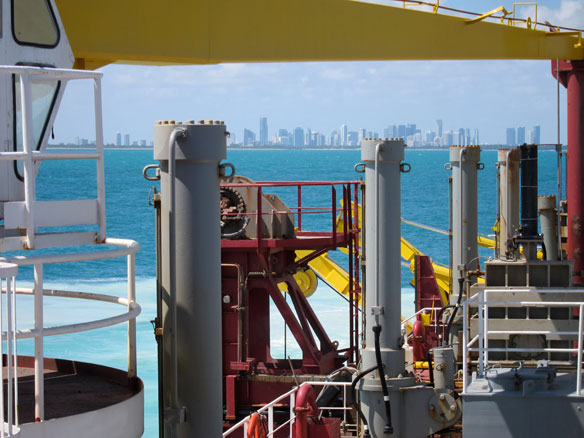
Costs of so-called beach renourishments are a fraction of the total, measured in hundreds of millions of dollars, but the effort is crucial for Florida’s $67 billion tourism industry. And while sand needs are surging, there is not enough to go around.
Hurricanes are not to blame for most big storm surges in Northeast
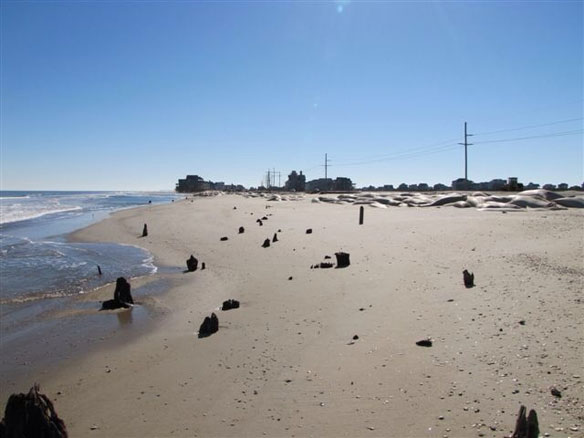
Hurricanes spawn most of the largest storm surges in the northeastern U.S., right? Wrong, according to a study by Rutgers University-New Brunswick scientists. Extratropical cyclones , including nor’easters and other non-tropical storms, generate most of the large storm surges in the Northeast.
